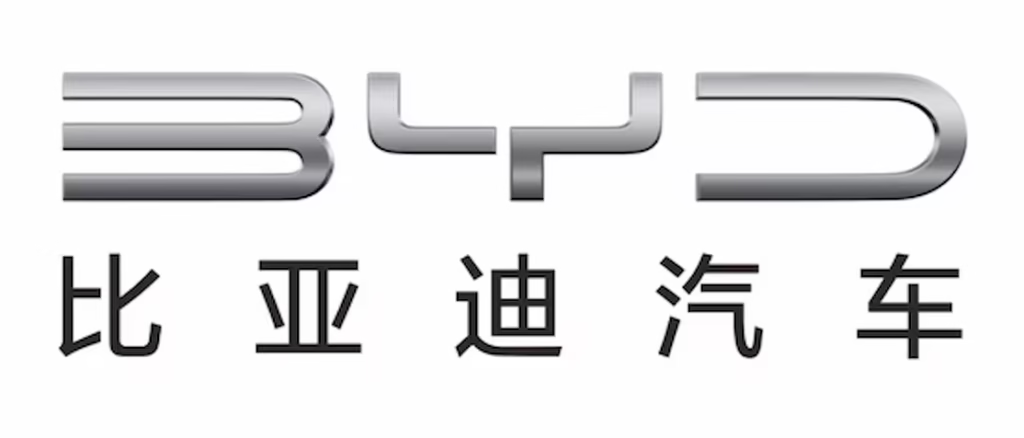The EV Race: Tesla’s Crown Slips
For over a decade, Tesla set the gold standard for electric vehicles. But in 2025, that crown is being seriously challenged. BYD (Build Your Dreams), the Chinese electric vehicle giant, is no longer just chasing Tesla — it’s overtaking it. With a strategic mix of affordability, domestic dominance, and international expansion, BYD has redefined what success in the EV world looks like.
So, how did BYD go from a domestic automaker to the most formidable EV brand globally?

1. BYD Is Winning the Volume Game
Let’s talk numbers. In Q1 2025 alone, BYD sold over 950,000 vehicles, with more than 80% being fully electric. Tesla, by contrast, reported around 400,000 deliveries globally in the same period. The sheer scale at which BYD is producing and selling EVs is staggering — and it’s not slowing down.
Why does this matter? Volume equals market power. It allows BYD to lower production costs, negotiate better battery materials contracts, and penetrate new markets faster.
2. BYD’s Secret Weapon: Vertical Integration
Unlike Tesla, which still relies on third-party suppliers for some components, BYD is vertically integrated — meaning it controls its entire supply chain. From lithium mining to battery manufacturing, BYD handles it all in-house.
This reduces costs and delays, something Tesla has struggled with recently due to global supply chain disruptions. BYD’s proprietary Blade Battery technology also gives it a safety and longevity edge that appeals to both consumers and fleet buyers.
3. The BYD Dolphin and Seagull: EVs for the Masses
One of BYD’s smartest moves has been focusing on affordable EVs. Models like the BYD Dolphin and the BYD Seagull are priced below $20,000 in many markets, offering middle-class buyers a realistic entry into the EV world.
Compare that to Tesla’s cheapest option — the Model 3 — which still hovers around the $35,000–$40,000 range, depending on the region.
In countries like Brazil, India, and South Africa, these budget-friendly BYD models are becoming instant hits — driving EV adoption faster than luxury models ever could.
According to the IEA’s Global EV Outlook 2025, affordable electric models will be the primary force behind the next wave of EV adoption — especially in emerging markets where cost is still the biggest barrier.
4. Global Expansion Done Right
BYD isn’t just dominating at home — it’s conquering new territory. BYD in Europe, has opened multiple distribution channels and plans to assemble vehicles locally to bypass tariffs. In Southeast Asia, it’s already the leading EV brand.
In South America and the Middle East, governments are welcoming BYD with tax incentives and infrastructure support. As of mid-2025, BYD vehicles are available in over 60 countries — a number Tesla is still working to reach effectively.
Their latest announcement of a new EV plant in Hungary signals a firm commitment to the European market.
5. BYD’s Commercial Fleet Advantage
Beyond personal cars, BYD is making major strides in the commercial EV space. Its electric buses, delivery vans, and taxis are in high demand — especially in government fleets pushing for net-zero targets.
Municipalities in cities like London, Los Angeles, and Sydney are adopting BYD buses due to their cost efficiency and fast-charging capabilities. This B2G (business-to-government) approach gives BYD a huge edge that Tesla hasn’t pursued aggressively.
6. Tech Without the Flash, But It Works
While BYD isn’t marketing over-the-top features like Tesla’s Full Self-Driving (FSD), it’s focusing on what users actually care about: reliable range, fast charging, and intuitive user interfaces.
Their newest models boast:
- Over 400 km real-world range
- Ultra-fast 30-minute charging
- Voice-command and app control
- OTA updates and L2+ driver assist systems
This practical innovation strategy has earned BYD a reputation as the “Toyota of EVs” — dependable, efficient, and consumer-centric.
7. Sustainable Manufacturing Goals
Sustainability isn’t just a selling point — it’s part of BYD’s core model. Their factories use renewable energy sources, and their closed-loop battery recycling program is among the most advanced globally.
In 2024, BYD reduced its per-vehicle carbon footprint by 18% and aims for net-zero by 2035. That’s ahead of almost every Western automaker, including legacy brands and EV startups alike.
What’s Next for BYD?
Looking ahead, BYD plans to release 10 new models over the next 18 months, including sports sedans, compact SUVs, and a high-end luxury sub-brand.
If Tesla is Apple, BYD might just be Samsung on steroids — scalable, adaptable, and everywhere.
Final Thoughts
BYD isn’t just winning the EV game; it’s rewriting the rules. With a focus on affordability, sustainability, and global accessibility, the company is enabling millions to go electric — not just the elite few.
While Tesla may continue innovating at the high end, BYD’s rise proves that the future of EVs belongs to those who can scale clean, reliable mobility for everyone.
Want to learn about affordable EVs making headlines this year? Check out The Most Affordable EVs to Watch in 2025.
Leave a Reply